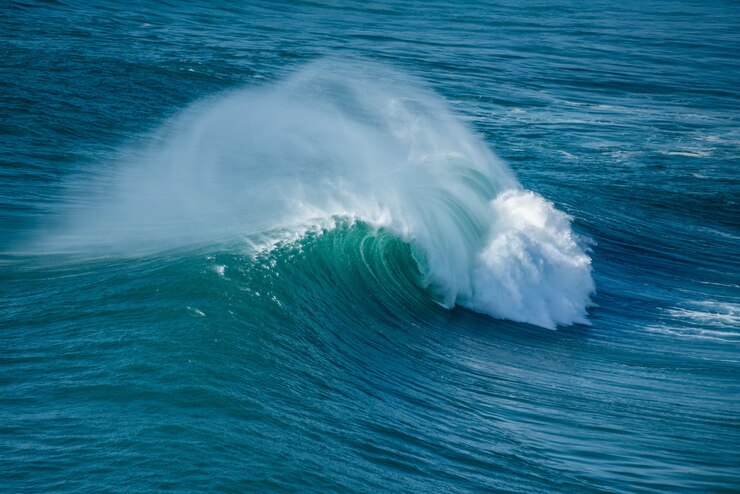Lotus299, Goldenexch, Msdexch: The development of ocean wave power technologies has seen significant progress in recent years. Engineers and researchers have been working tirelessly to enhance the efficiency and reliability of wave energy converters, making them more competitive in the renewable energy market. Innovations in materials and design have contributed to the creation of more robust devices capable of withstanding harsh marine environments.
Furthermore, advancements in control systems and grid integration have helped to optimize the power output of wave energy converters, increasing their overall performance and effectiveness. These technological breakthroughs have brought us closer to harnessing the immense power of ocean waves and utilizing it as a sustainable source of energy for the future.
Challenges faced in the development of ocean wave power technologies
One of the key challenges faced in the development of ocean wave power technologies is the harsh and unpredictable nature of the marine environment. The constant battering of waves, corrosive saltwater, and the high possibility of extreme weather conditions pose significant obstacles to the durability and stability of wave energy devices.
Furthermore, the high costs associated with the initial investment and maintenance of ocean wave power technologies hinder their widespread deployment. The complex engineering required to design and build efficient wave energy converters adds to the overall expenses, making it difficult to compete with other more established renewable energy sources.
Potential benefits of utilizing ocean wave power as a renewable energy source
Aldoexch, Aaonline777, Aaonline247: Harnessing ocean wave power as a renewable energy source offers numerous advantages. Firstly, wave power is abundant and predictable, making it a reliable source of energy. Unlike solar or wind power, ocean waves are constant and can generate electricity around the clock, providing a stable energy supply. Additionally, wave energy is highly sustainable as waves are created by wind patterns influenced by the sun’s heat, making them an infinite resource that will not deplete over time.
Another significant benefit of utilizing ocean wave power is its low carbon footprint. Wave energy technology produces minimal greenhouse gas emissions compared to traditional fossil fuels, contributing to a cleaner environment and combatting climate change. By shifting towards wave power, countries can reduce their reliance on polluting energy sources, leading to a greener and more sustainable energy mix for the future.
How does ocean wave power work as a renewable energy source?
Ocean wave power is harnessed by capturing the energy from the motion of waves and converting it into electricity through various technologies such as wave buoys, oscillating water columns, and point absorbers.
What are the potential benefits of utilizing ocean wave power?
Some potential benefits of using ocean wave power as a renewable energy source include its abundance, predictability, low environmental impact, and its potential to reduce greenhouse gas emissions.
What recent advancements have been made in harnessing ocean waves for renewable energy?
Recent advancements in ocean wave power technologies include improved efficiency of wave energy devices, increased reliability, and the development of new wave energy converter designs.
What challenges are faced in the development of ocean wave power technologies?
Challenges in developing ocean wave power technologies include high upfront costs, technical limitations, potential impacts on marine ecosystems, and the need for infrastructure to transmit power from the ocean to onshore grids.
How does ocean wave power compare to other renewable energy sources?
Ocean wave power has the potential to complement other renewable energy sources such as solar and wind power by providing a more consistent and reliable source of energy, particularly in coastal regions.
Must Read :

